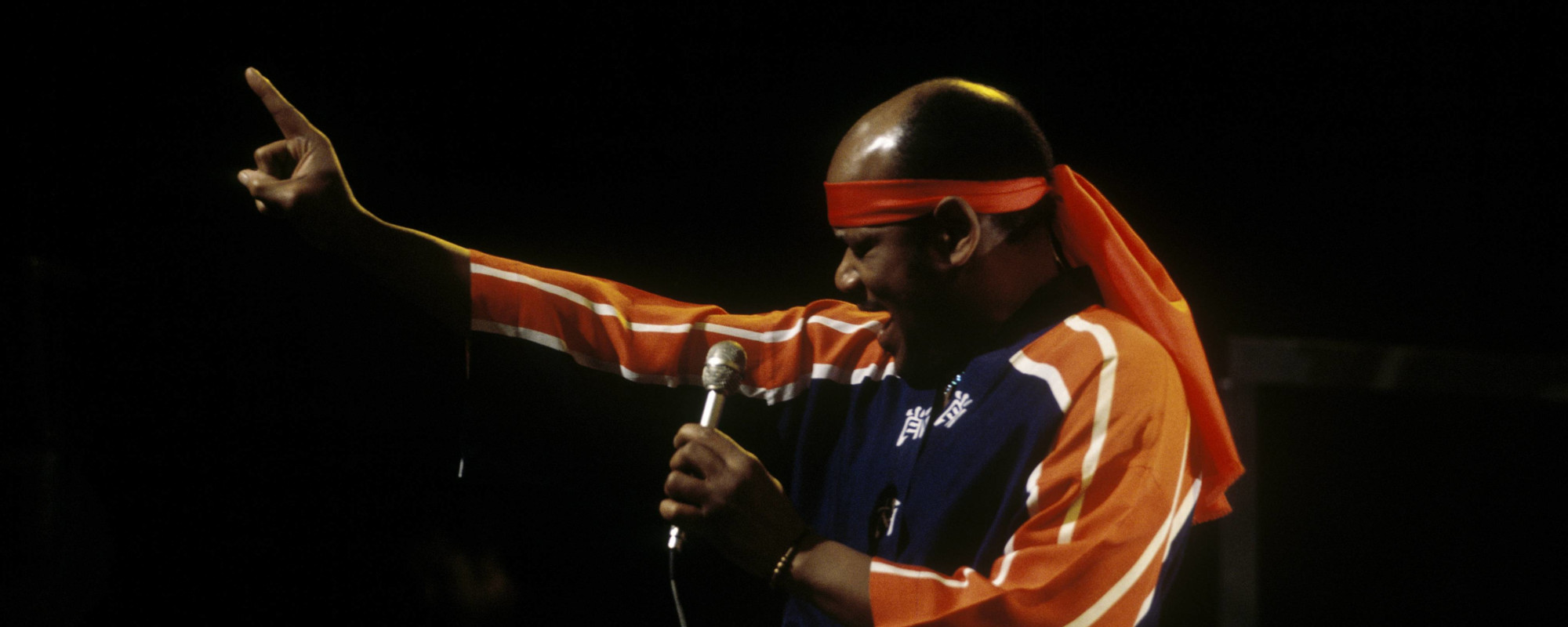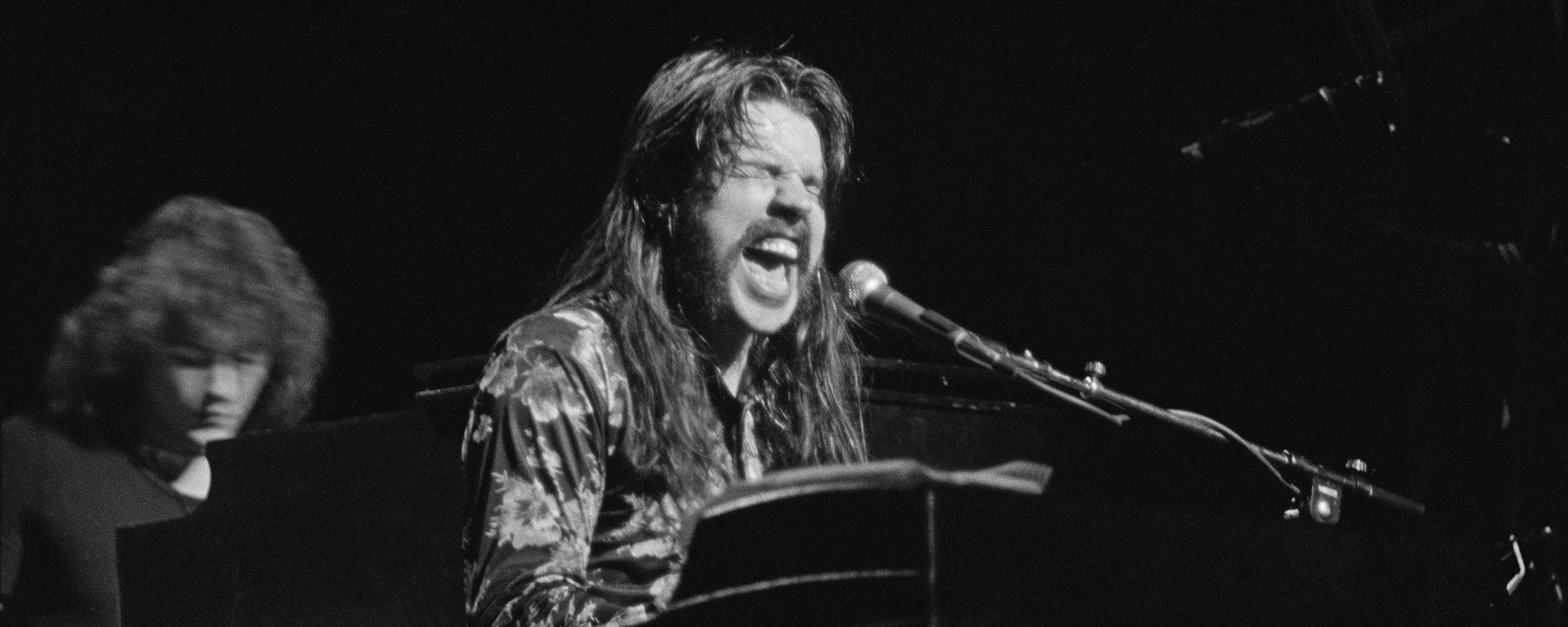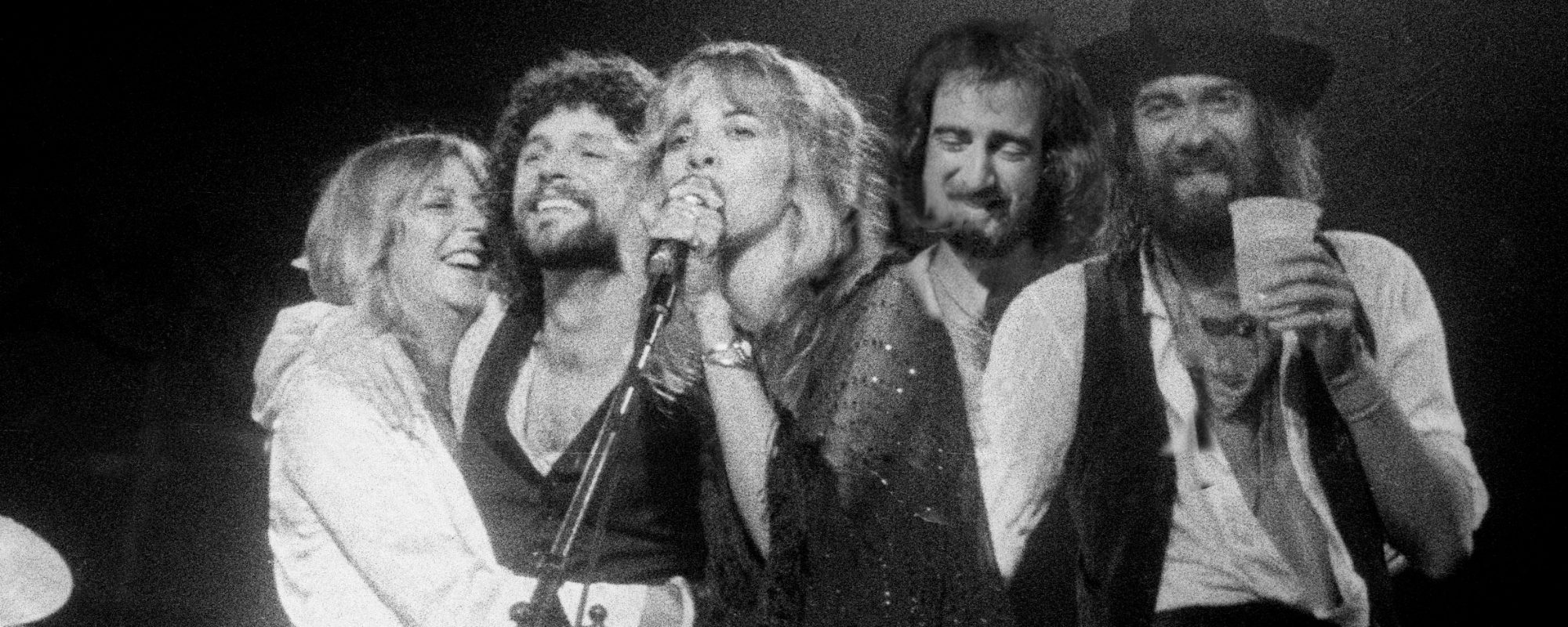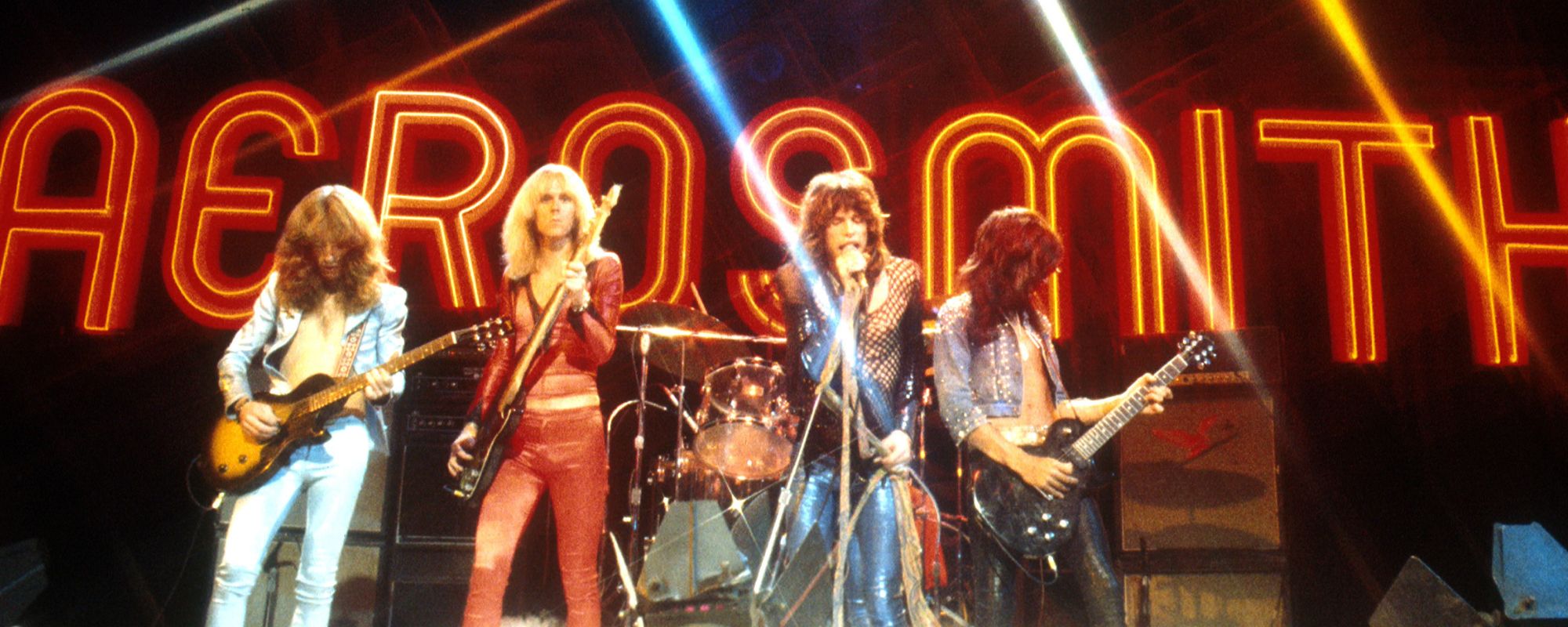The end of The Beatles came as a shock to the music world. It also stunned the members of the group to some extent. Even though they knew it was coming, the four men still dealt with the tumultuous repercussions it had on their careers.
Videos by American Songwriter
Ringo Starr simply put his head down and got back to work. But in a surprising twist, he did so with a pair of 1970 albums that settled far from the rock world. Instead, Starr indulged in his love for a pair of genres that not many fans would have expected.
Ringo Reacts
Paul McCartney announced The Beatles’ breakup to the world in April 1970. But the four members of the group knew in September 1969. That’s when John Lennon made the surprise announcement in a meeting that he was leaving the band, essentially ending the Fab Four right there and then.
Ringo Starr was one of the members of the band who would have been happy if they’d found a way to work things out. Perhaps realizing that he might sink into depression if he just dwelt on the breakup, he quickly returned to making music. Only he wasn’t all that interested at the time in playing rock and roll.
Starr began work on the album entitled Sentimental Journey, which was released in the United Kingdom in March 1970 and then a month later in the US. The album focused on standards found in the Great American Songbook. Ringo had enjoyed them from the time he was a kid, when they were sung at family get-togethers.
Ringo the Crooner
To spice the album up, Starr invited guest arrangers to come and help him with the tracks. These arrangers included everyone from Bee Gees’ Maurice Gibb to music legends like Elmer Bernstein and Quincy Jones. Paul McCartney even added his arranging talents to “Stardust”.
Sentimental Journey didn’t exactly burn up the charts. But it did prove that Starr was a suave and charming interpreter of some gold-standard material. As it turned out, Ringo wasn’t done with his genre-hopping, thanks to the follow-up record, Beaucoups Of Blues.
This album originated as a spur-of-the-moment idea. Starr was talking with Pete Drake, an ace pedal steel player who was helping George Harrison on his All Things Must Pass album. Drake was surprised to find out that Starr was an avid fan of country music. He suggested that Ringo come to Nashville to record an album.
Starr agreed, and he arrived in Music City in June 1970. The sessions lasted just three days. Starr utilized the cream of the crop of Nashville musicians, including Drake, Jerry Reed, Charlie Daniels, and Charlie McCoy. They helped him bring to life a selection of songs written just for the occasion. Beaucoups Of Blues arrived on shelves in September 1970, making Starr’s first post-Beatles year a quite productive one.
Back to Rock
Fans weren’t quite sure what to make of Starr’s non-rock material. Neither album did a ton of business. While Starr was disappointed that they didn’t do better, he nonetheless enjoyed the experience of making both records.
It also cleansed his palate for making rock and roll once again. When he did return to that world, he did so very successfully. His 1971 single, “It Don’t Come Easy”, proved a smash hit. And his 1973 album Ringo, which featured all three of his ex-bandmates, briefly made him one of the biggest solo acts in the world.
Those two 1970 albums might not have set the world on fire. But they acted as a balm for Ringo Starr, helping him pick up the pieces of his career with music that he dearly loved.
Photo by Michael Putland/Getty Images











Leave a Reply
Only members can comment. Become a member. Already a member? Log in.